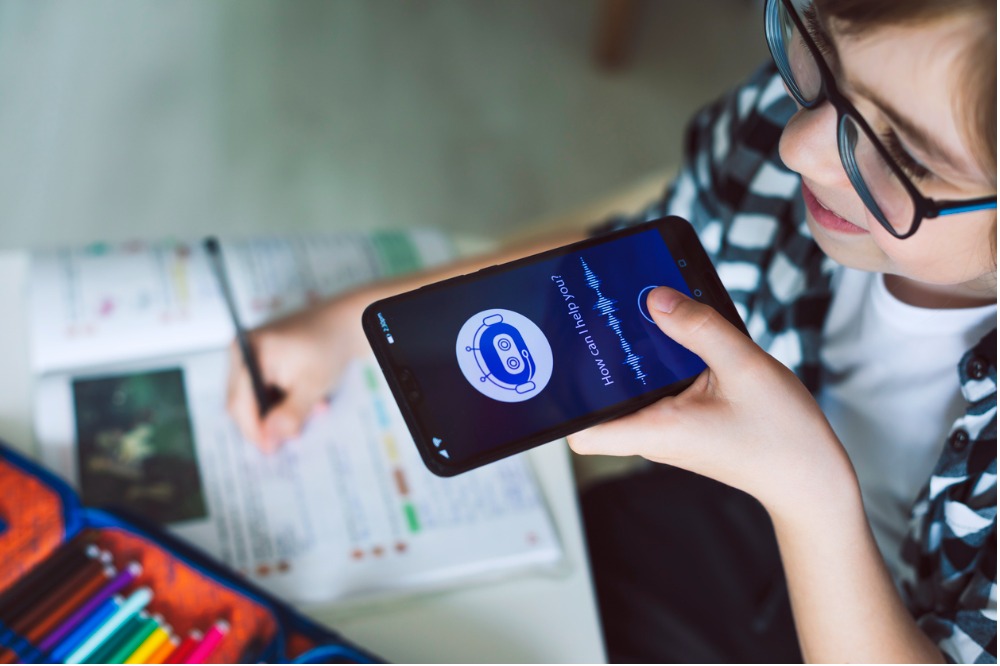
Generative artificial intelligence (GenAI) is poised to reshape education, particularly homework, though experts have warned against predicting its demise. Instead, they are suggesting GenAI to result in a shift in homework practices, encouraging deeper engagement and the application of knowledge, rather than mere information retrieval.
Lynn Gribble, an associate professor at UNSW Business School, noted that GenAI offers an opportunity to reform homework into a more effective tool for preparing students for a tech-driven future.
“We need to move from asking students just to look something up or write something to getting them to do something with what they know,” Gribble said.
Risks and recommendations
The integration of GenAI into classrooms comes with challenges. A federal government report recently addressed these risks, offering 25 recommendations. Among the highlights include the importance of making GenAI in education a national priority, ensuring equal access, and integrating AI literacy into school curricula.
Jihyun Lee, a professor at UNSW Arts, Design & Architecture, described GenAI an “excellent assistant” but warned that its early implementation has increased the burden on educators.
“With the uncertainty and less-than-perfect AI performances, the workload of teaching professionals to address the AI impact has increased,” Lee noted.
Some educators have even reverted to traditional, in-person paper tests to navigate these challenges. Lee also pointed out that AI increases cognitive load for lower-ability students, leading to more intimidation rather than assistance.
The federal report echoed these concerns, emphasising the need for “safeguards,” especially for minors, and urging the government to monitor pilot programs using GenAI in schools. It also recommended promoting GenAI tools based on the Australian curriculum, with a focus on inclusivity, and called for AI literacy training for students, teachers, parents, and policymakers.
Educator insights
As educators face GenAI’s growing presence, many are finding ways to adapt homework to enhance critical thinking rather than rote learning. Gribble suggested educators could allow or even encourage students to use GenAI while requiring them to demonstrate their understanding. “I want a student to be able to explain how context impacts organisations,” she explained.
This approach, she noted, will require face-to-face assessments that push students to show their thought processes, ensuring that they engage with the material meaningfully.
Future challenges
Parents also play a role in supporting their children in this new educational landscape, said Lee. She emphasised the importance of understanding what AI tools children are using, and for what purposes, to ensure responsible use.
Gribble noted that GenAI cannot replace the human element in education, emphasising the importance of creativity, ethics, and critical thinking in a GenAI-assisted world. She urged educators to maintain their role as storytellers who guide students in understanding the broader impact of knowledge.
“What we need to make sure as educators is that we are the storytellers; that we are the people inviting people to see how knowledge, knowledge application and critical thinking – being able to unpack assumptions – makes the world a better place,” Gribble said.


